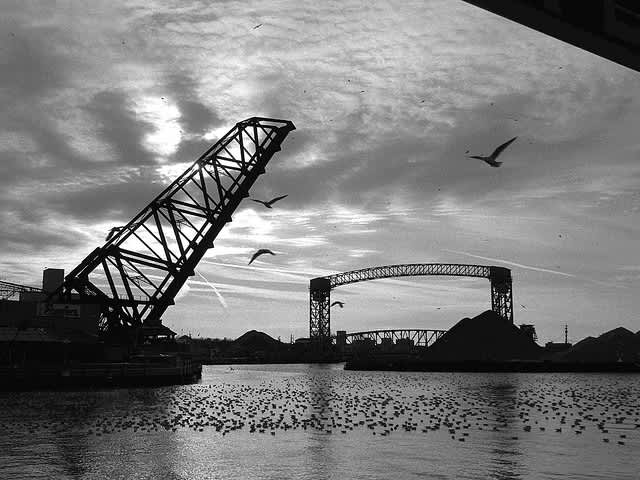40th Anniversary of the Clean Water Act Celebrated This Year
OutdoorHub Reporters 10.05.12

This year marks the 40th anniversary of the Clean Water Act, put in place by the Environmental Protection Agency in 1972 to regulate pollutants discharged in U.S. waterways and set water quality standards for all surface waters.
The first, original law to address water quality and pollution was the Federal Water Pollution Control Act of 1948, but public awareness and concern for controlling water pollution led to vast amendments to the law and in 1972, the amended law commonly became known as the Clean Water Act (CWA).
Speaking at a national press conference in Washington D.C. in May 2012 to celebrate the anniversary and achievements, Tom Cochran, CEO and executive director of the United States conference of mayors said, “our lakes and rivers have improved tremendously since the 1960s. It seems like only yesterday when Randy Newman wrote that song about the river that was burning in Cleveland. Today, our rivers are no longer burning. Today we have commercial fisheries on our rivers and they are on the rise. And there’s still much to be done to protect our water resources.”
The infamous fire of 1969 was the tipping point for citizens and government to take action about their waterways. Although that was not the first time the river had burned. It was so polluted that animal life did not exist in the reach from Akron to Cleveland. There were no fish to be found.
httpv://youtu.be/nlHiaZFvcXA
And now, recreational anglers and charter fishing tours make money or just plain find time to relax on the Cuyahoga River as evidenced in the video below,
httpv://youtu.be/sb8NFQ-_Pqk
According to the EPA, the 1972 amendments,
- Established the basic structure for regulating pollutants discharges into the waters of the United States.
- Gave EPA the authority to implement pollution control programs such as setting wastewater standards for industry.
- Maintained existing requirements to set water quality standards for all contaminants in surface waters.
- Made it unlawful for any person to discharge any pollutant from a point source into navigable waters, unless a permit was obtained under its provisions.
- Funded the construction of sewage treatment plants under the construction grants program.
- Recognized the need for planning to address the critical problems posed by nonpoint source pollution.

